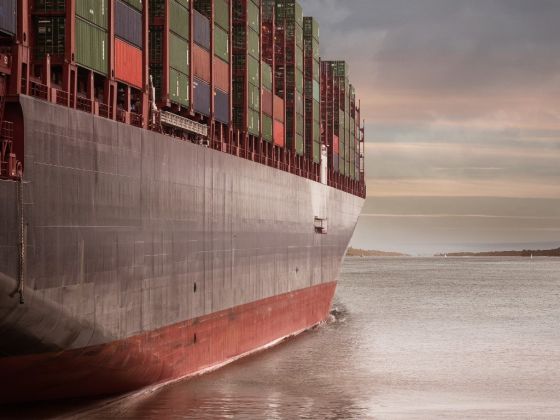
The British & Irish Association of Fastener Distributors (BIAFD) has issued an update on the continuing container crisis:
The global crisis in freight container availability, and consequence massive escalation in sea freight costs, made mainstream headlines in December – as parents worried there would be no Barbie dolls or Peppa Pig toys in stock for Christmas. A month on, the decorations are down, but the fastener supply chain continues to struggle with the severe impacts on product availability and costs, with little outlook for rapid improvement.
At the beginning of December, the BIAFD warned that the shortage of shipping containers at major global export ports was seriously impacting fastener availability in the UK and Ireland, forcing up container freight costs three-fold.
The situation in January is significantly worse. The problem is global, and not directly related to the UK leaving the EU. That said, issues at Felixstowe Port, which knocked onto other UK ports, have exacerbated an already critical situation. The escalation of Covid-19 infections in the UK now also means shipping lines continue to avoid British ports, preferring to off-load in Northern European, adding a further two weeks before goods are received in the UK.
The latest picture from BIAFD importing members show Asia-North Europe container freight costs have continued to rapidly escalate: pushing them five times – in some instances even more - higher than mid 2020. For a container of some standard fasteners with a low value per weight, that could easily mean the freight cost now equating to a third of the value of the consignment. As a result, some BIAFD members have reluctantly decided they simply cannot afford to bring in product, even though current inventory is rapidly eroding to support increased demand from construction and manufacturing. Most fastener importers, however, are competing against high value consumer goods for scarce containers and being forced to pay massive premiums. Insult is added to injury, when they are then presented with additional charges of several hundred dollars, to ensure a container is collected in time to be loaded for its sailing.
There are signs of limited improvement in container availability in key Asian exporting ports, as shipping lines actively reposition empty containers and container manufacturers work all out to supply new boxes. However, container availability remains substantially in deficit with little immediate prospect of major improvement, and now the Chinese New Year is rapidly approaching. The most important Chinese holiday period, this year in mid-February, always means a surge of export activity ahead of factory closures, increasing pressure on extremely limited container capacity, followed by several weeks of catch up, once factory, haulage and port operations return to work. As early as the second week in January, BIAFD importers were being told by freight agents that there was no possibility of their containers being shipped before the Chinese New Year.
Governments around the world may be losing patience with the apparently out of control shipping rates and supplementary charges. However, threats of capping
shipping costs or competition authority investigations are currently doing little more than shaving the very tip of the iceberg.
BIAFD currently sees little probability of significant improvement, either in availability or freight costs, until well into the second quarter 2021. Its members’ highest priority is to maintain the best possible availability for critical manufacturing and construction supply chains. That inevitably means fastener costs will increase significantly, as at least some element of the massive hikes in freight costs are unavoidably passed on, alongside the impact of major increases in steel and stainless steel raw material costs.
Are you in the fastener, tool, fixing or related industries? You can subscribe to Torque Magazine or sign up to our weekly newsletter.



